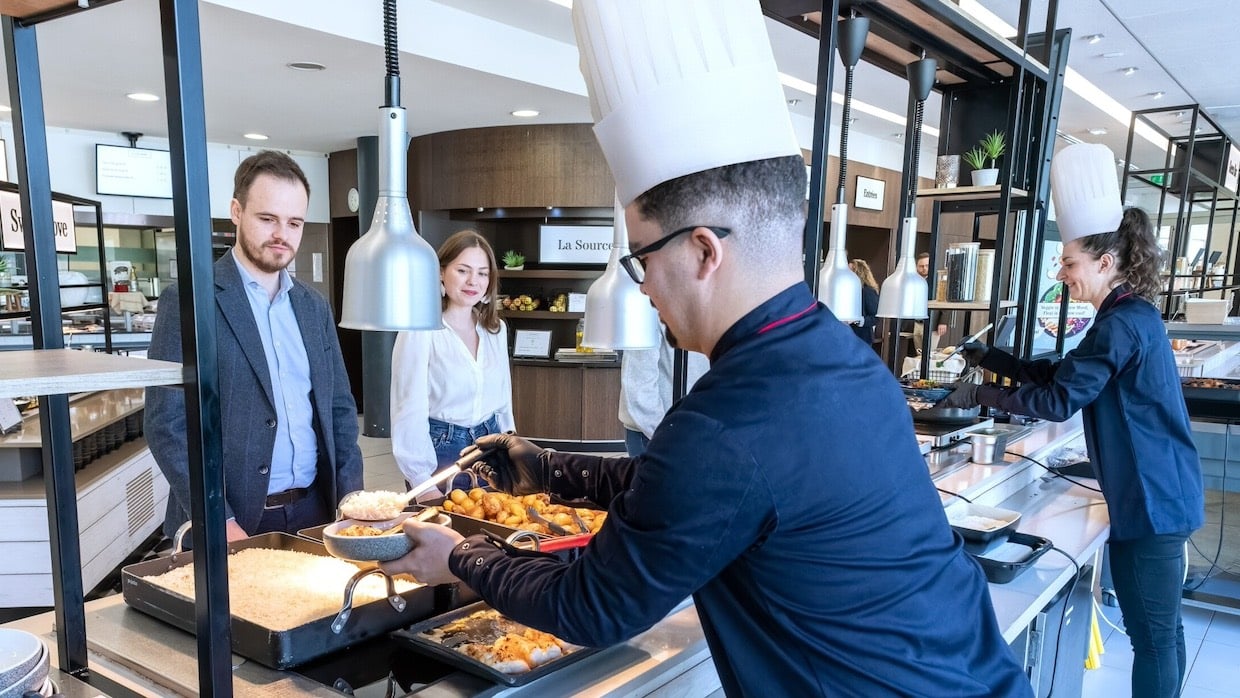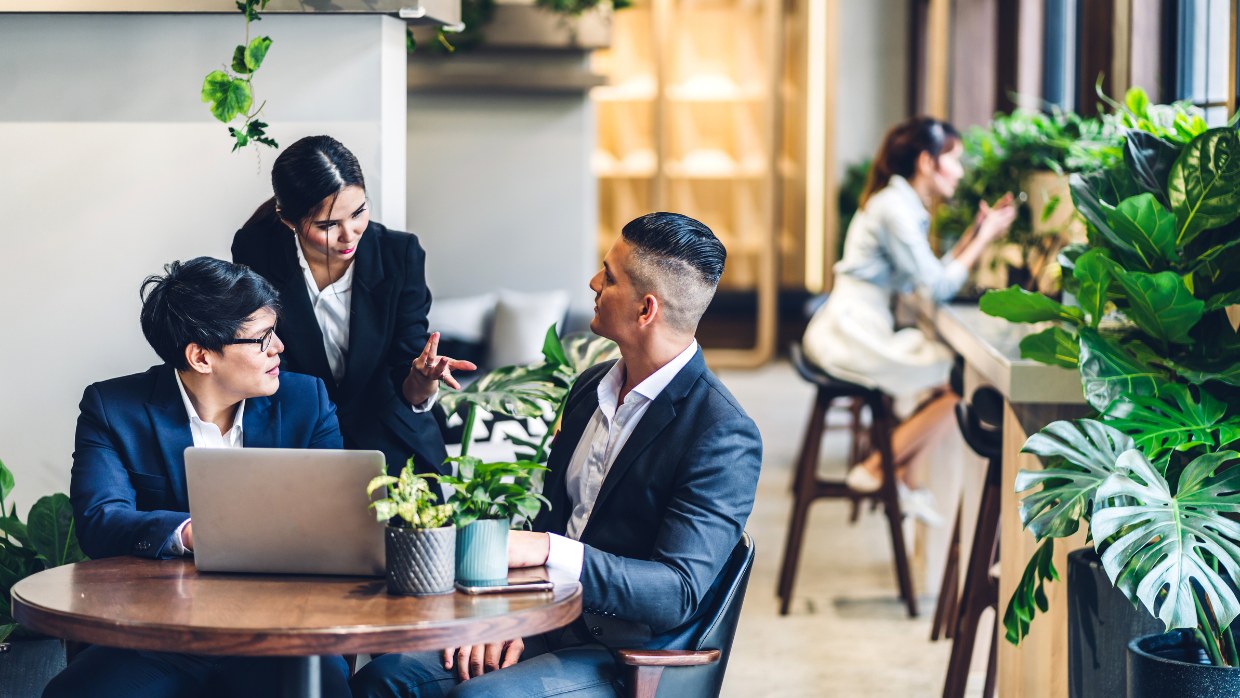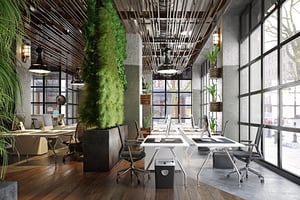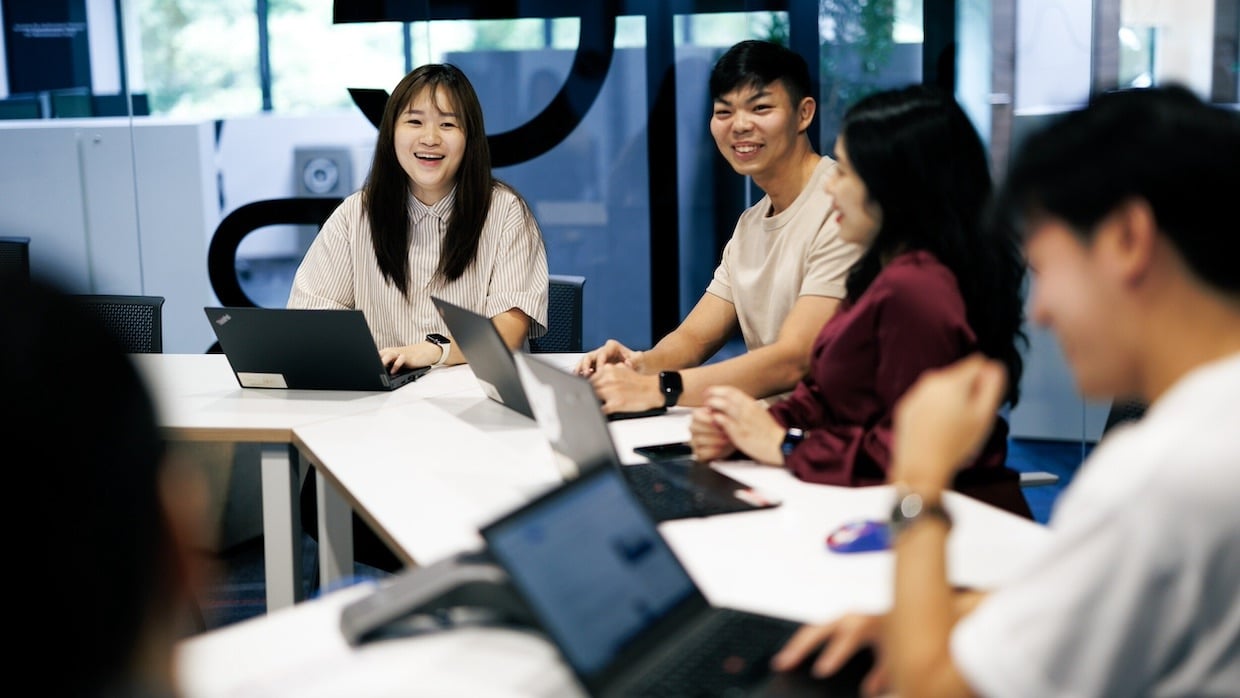
Food
Four food trends influencing workplace restaurant menus in 2025

During the last two years – in the context of a global pandemic and a shift in the way many of us work – personal health and wellbeing has become an increasingly important topic.
Of course, the primary concern has been sanitary health given the global impact of Covid-19, but also mental health and wellbeing with many people pushed into more isolated ways of living and working; the blurred lines between work and home life created by the “work from home” phenomenon; and the anxiety created by practices we’ve now become all too familiar with, such as social distancing, lockdown and quarantine.
While many countries are relaxing their measures and we are seeing a return to a more normal way of life, the pandemic has undoubtedly left its mark. People are much more wary of crowded and indoor spaces; are more focused on health and hygiene; and are changing their habits and ways of working.
When it comes to the workplace, for example, the pandemic has accelerated the trend towards a hybrid work model, with many office-based workers choosing a balance of office and remote working. For organisations with real estate, which caters for a pre-pandemic world, it’s time for them to review their needs. How do they manage the cost per occupancy in a hybrid working model? How do they redesign their space to cater for changing needs of employees? And, importantly, how do they give employees the confidence to return to the workplace knowing that their health and wellbeing is a priority?

In the past couple of years, we’ve seen the application of cleaning methods, such as fogging for example, which have been designed to disinfect large areas and manage the spread of infectious diseases. But is this really supporting the health of your employees?
According to the BBC’s Science Focus magazine, over-use of disinfectant might not actually be that good for us. Every environment we come into contact with is full of a blend of different bacteria and micro-organisms. While some are harmful to us – such as SARS-CoV-2 – others are doing us good. Unfortunately, disinfectants are not designed to identify the good from the bad.
Stefan Liebminger, senior expert in life science services at Sodexo, says “microbes are very powerful” and that by killing all bacteria, it can have a negative impact on our health. “If we spend our lives in sterile environments, our immune systems are not challenged enough,” he adds. “And, therefore, we can be far more susceptible to infectious illnesses.”
The Conversation, an online source of news, research and commentary on academic topics, claims our built environments are increasingly important when it comes to personal health, especially as 85% of our time is spent indoors.
In this context, organisations wanting to give their employees the confidence to return to the office really need to think about the health of their buildings. This is a key factor that underpins Sodexo’s Vital Spaces, which is designed to support businesses in their workplace transformation and ensure that workspaces empower people to work productively, while keeping them engaged, motivated, happy and, above all, healthy.
Through Wx*, Sodexo’s workplace experience design consultancy, Sodexo continues to build on its Vital Spaces proposition to develop workplace experience projects for clients, while transforming the workplace via a connected, people-centric approach.
Liebminger says that sterile environments can create sick building syndrome, whereby building occupants can experience headaches, dry and itchy skin, coughing, wheezing, tiredness and difficulty concentrating. Clearly not good grounds for healthy, productive employees.
“Simply opening the windows can make a big difference,” he adds. “So too can establishing regular maintenance schedules on air conditioning systems and introducing plants in the office can help to remove some of the toxins in the air and, therefore, impact the health of building occupants.”
Research shows that the use of plants in an office can have multiple benefits; not only in improving the air quality and absorbing noise, but also in reducing stress, enhancing creativity, and increasing productivity.
All of these attributes underpin Sodexo’s Vital Spaces ecosystem, around workspace strategy and design. SoYoung Hyun, Sodexo’s workplace experience lead says: “We take a science-based approach to designing spaces and experience for our clients, with a view to improving workplace experience and wellbeing, enhancing employee performance and productivity, delivering psychological and physiological benefits for employees, and having a more positive impact on the environment.”
Hyun says that many different factors impact the overall health of buildings and users – biophilic design, circadian lighting, ergonomic design, psychoacoustic, thermal comfort and indoor air quality.
Focusing exclusively on buildings and their components, the WELL building standard is a performance-based system, which ensures that any space is not only designed with health and wellbeing in mind but is performing as intended while continually improving the on-site experience. Wx*’s expertise as a WELL specialist helps our clients to address any health and wellbeing issues as well as attract and retain talent, an increasingly important factor for many organisations.

According to an article published by CNBC, improving indoor air quality in offices could add as much as $20bn to the US economy. The article, which cites Harvard University professor Joseph Allen, claims that improving indoor air quality can help reduce the spread of viruses and also help workers improve the performance. The articles goes on to quote Allen, saying: “Any building can be a healthy building and it’s not hard to do and it’s not that expensive. In fact, I would argue that healthy buildings aren’t expensive. Sick buildings are what’s expensive.”
Hyun explains that Sodexo uses sensors to monitor the indoor environment. “We measure air quality and get real-time data, which we can then use to recommend enhancements,” she says. “That might mean altering the schedule of air-conditioning system maintenance, making changes to the workplace design or even adapting our cleaning procedures.”
Sodexo is increasingly moving towards more sustainable cleaning products and adopting biological cleaning practices as part of its commitment to improving sustainability and reducing its impact on the environment.
Liebminger says: “Some indoor environments, like hospitals for example, demand a more rigorous cleaning regime, but for office environments, you can achieve effective results with nothing more than water.”
It seems that disinfecting surfaces and adopting chemical-based cleaning procedures might not be the answer to safeguarding the personal health of office workers as they return to the workplace. Developing a healthy building strategy, however, which includes workplace design, air quality and cleaning practices can bring huge benefits to employees, which can ultimately improve business performance.
Through the effective deployment of healthy building strategies, organisations can enhance the health of their employees, the health of their business and the health of the planet.
Find out more about our... Facilities Management Services
*Transferred to Jooxter (May 2023). A commercial partnership between the 2 entities will enable Sodexo's clients to benefit from the services and innovations.

Four food trends influencing workplace restaurant menus in 2025

Beyond labels: creating a truly inclusive workplace

Sustainable Food Barometer 2024